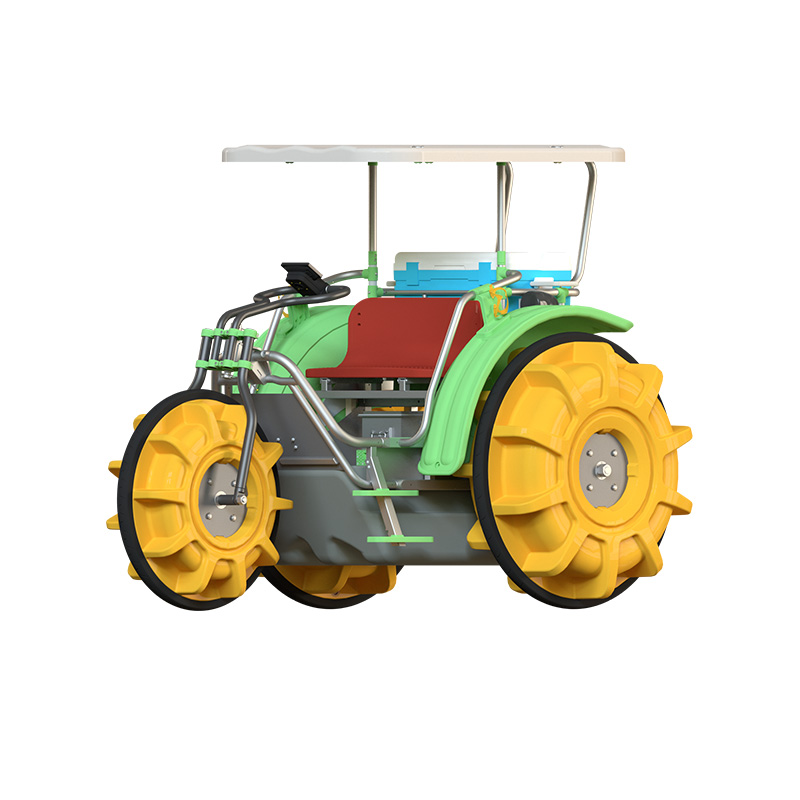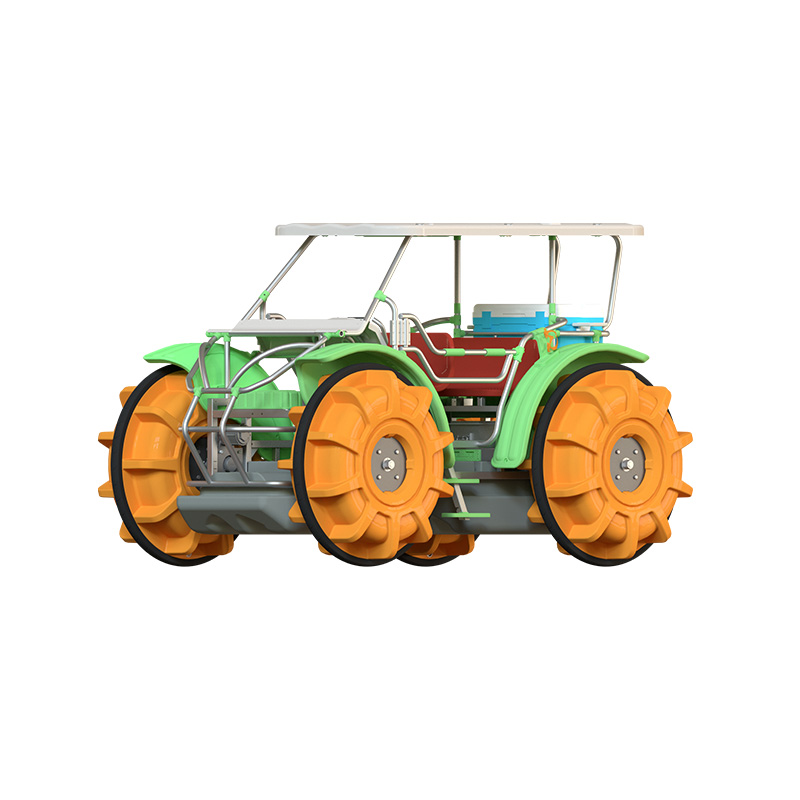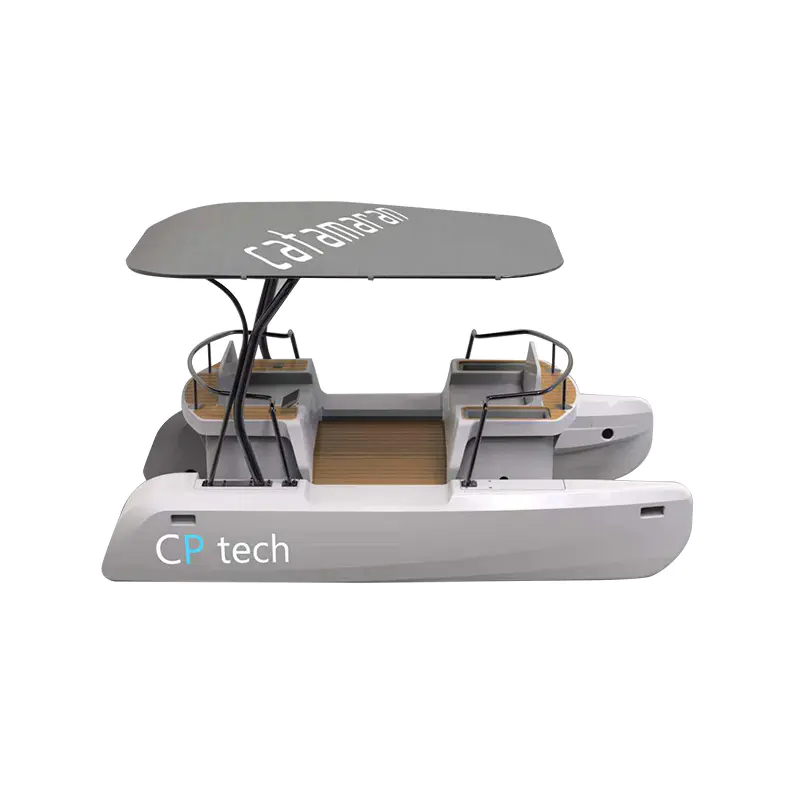What Are the Key Differences Between Electric and Traditional Diesel-Powered Catamarans?
2025-07-04

As the boating industry continues to evolve, electric catamaran manufacturers are offering more sustainable and eco-friendly alternatives to traditional diesel-powered models. While both types of catamarans provide excellent stability and spaciousness, their power sources, environmental impact, performance, and maintenance requirements differ significantly.
1. Power Source and Energy Efficiency
The most fundamental difference between electric catamarans and diesel-powered catamarans lies in their power source. Electric catamarans are powered by electric motors that run on rechargeable batteries, while diesel-powered catamarans rely on internal combustion engines that burn diesel fuel. The use of electricity in electric catamarans eliminates the need for fossil fuels, making them more energy-efficient and reducing the reliance on non-renewable resources.
In contrast, diesel-powered catamarans are dependent on diesel fuel, which has a lower energy efficiency compared to electricity. Diesel engines also release carbon emissions, which contribute to environmental pollution.
2. Environmental Impact
One of the biggest advantages of electric catamarans is their reduced environmental impact. They produce zero emissions while in operation, making them an attractive choice for eco-conscious boaters. Additionally, electric catamarans operate quietly, which reduces noise pollution and minimizes disturbances to marine life and nearby boaters.
In contrast, diesel-powered catamarans contribute to air and water pollution through carbon emissions and fuel leaks. The exhaust gases emitted by diesel engines are harmful to both the environment and human health. This makes electric catamarans a more sustainable option for those looking to reduce their carbon footprint.
3. Operational Costs and Maintenance
Electric catamarans generally have lower operational costs compared to their diesel counterparts. Charging an electric motor is far less expensive than purchasing diesel fuel, and electric catamaran manufacturers design these vessels to require minimal maintenance. With fewer moving parts, electric motors have less wear and tear, and there is no need for oil changes, exhaust system repairs, or fuel filters.
On the other hand, diesel-powered catamarans incur higher operational costs due to the need for fuel and regular maintenance of the diesel engine. Diesel engines require routine checks, oil changes, and maintenance of exhaust systems, which can add up over time.
4. Performance and Range
In terms of performance, diesel-powered catamarans are typically more powerful and offer a longer cruising range. Diesel engines have higher energy density, which allows them to cover longer distances without refueling. This makes diesel-powered catamarans ideal for long voyages or commercial use.
Electric catamarans, while improving in range and performance, are generally better suited for short to medium-range trips. The battery capacity of electric catamarans determines their range, and while advances in battery technology are extending the range, these vessels may still fall short for long-distance cruising compared to diesel models.
5. Noise and Comfort
Electric catamarans provide a quieter, smoother ride compared to diesel-powered catamarans. The electric motor operates silently, offering a peaceful cruising experience. This feature is particularly valued by those who wish to enjoy a serene boating experience without the noise of a traditional engine.
In contrast, diesel-powered catamarans can be noisy due to the engine’s operation, which may reduce the overall comfort of passengers, especially during long trips.
Both electric catamarans and traditional diesel-powered catamarans have their advantages, depending on the intended use. Electric catamarans offer a more sustainable, cost-effective, and quiet alternative, making them an attractive choice for environmentally conscious boaters and those looking for low-maintenance vessels. Diesel-powered catamarans, on the other hand, still offer better performance for long-distance cruising and commercial use. As electric catamaran manufacturers continue to innovate, the gap between the two types of vessels may continue to narrow, providing even more choices for boaters in the future.

 English
English  русский
русский  عربى
عربى 








